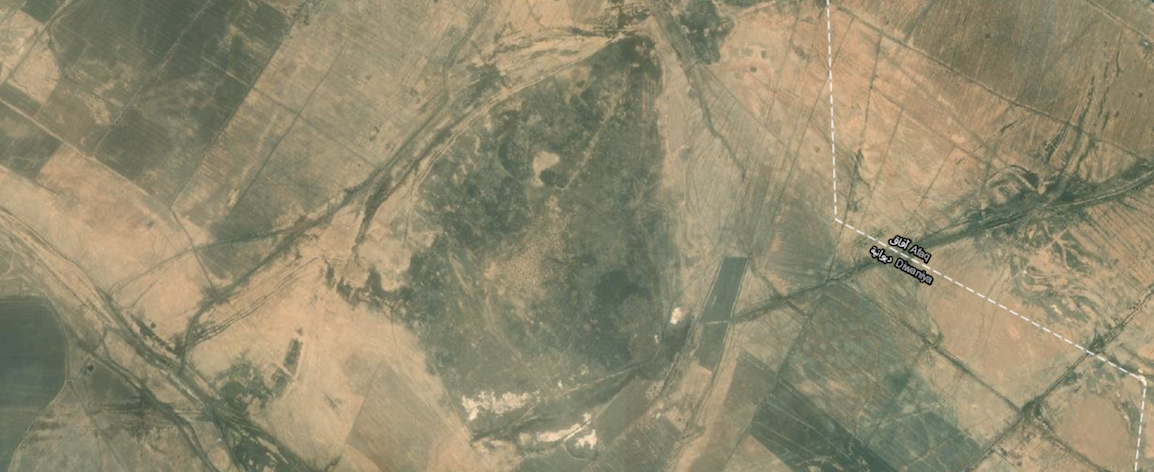Temples and Shrines of Isin

Isin (modern Ishan al-Bahriyat), a city located 107 km southeast of Babylon and 27 km south of Nippur, was an important cult center of the healing goddess Gula (who was also called Ninisinna, the "Lady of Isin"). Its principal religious structure was called Egalmah, which was rebuilt during the long reign of the Neo-Babylonian ruler Nebuchadnezzar II (r. 604–562 BC). The Sumerian ceremonial names of few other of this city's temples are known, but not in Neo-Assyrian or Neo-Babylonian royal inscriptions.
Alphabetical list of temples at Isin
- Edurkigara: temple of the god Dagān
- Egalmah: temple of the goddess Gula
- Enambaranuna: sanctuary of the goddess Gula
- Enidubu: temple of the deity Nintinuga
- Enighinggara: part of a sanctuary of the goddess Gula
- Esabad: sanctuary of the goddess Gula
- Esagdil: sanctuary of the goddess Gula
- Esigmešedu: temple of the goddess Ištar
- Eurgira: sanctuary of the goddess Gula
- Zagtira: sanctuary of the goddess Gula
In addition, there are at least five unnamed temples mentioned in cuneiform sources. These are dedicated to the deities Damu, Lakuppītu, Nergal (as Lugal-Gudua), Ningišzida, and Uqur.
Jamie Novotny & Niclas Dannehl
Jamie Novotny & Niclas Dannehl, 'Temples and Shrines of Isin', Babylonian Temples and Monumental Architecture online (BTMAo), The BTMAo Project, a sub-project of MOCCI, [http://oracc.org/btmao/Isin/]